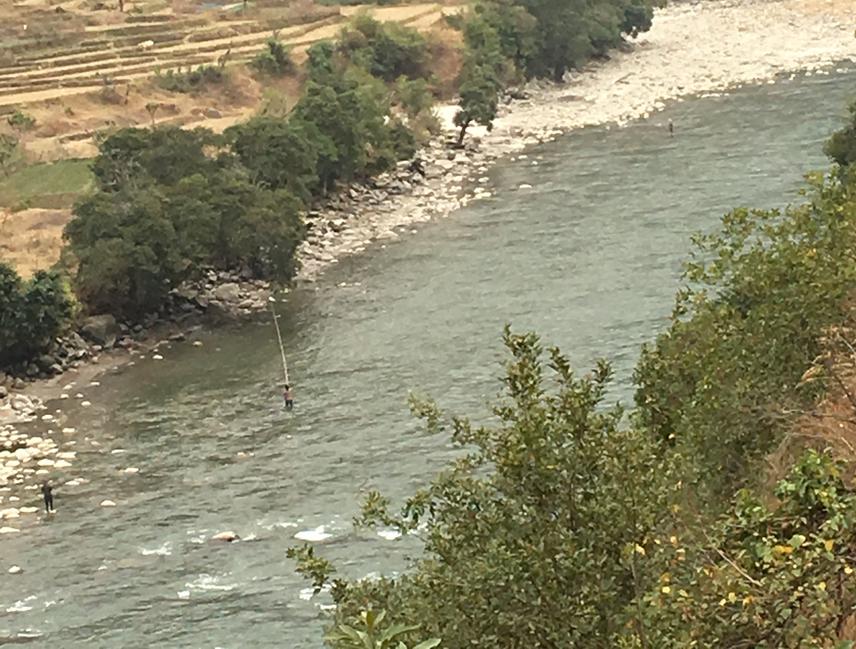Jigme Dorji
Other projects
1 Nov 2016
Assessment of White-Bellied Heron (Ardea insignis) Population and Its Distribution in Kurichhu and Drangmachhu Basins, Eastern Bhutan
This project aims to assess population and post breeding dispersal habit of White-belied Heron in Bhutan’s Punatsangchhu and Mandechhu valley. The project will generate scientific basis for listing of this species in Bhutan’s protected area list upon confirmation of the population size and threats associated with its habitat.

The White-bellied Heron is classified as critically endangered on the ground of its small and rapidly declining population. This decline is projected to increase in the near future as a result of the loss and degradation of lowland forests and wetlands, and through direct exploitation and disturbance of its habitat. The population of this heron is placed in the band of 50 to 249 in the IUCN factsheets but it is anticipated to be much less than the projected number. Though it occurs across Eastern Himalayan Foothills, this heron species is not native to any country across its entire home range.
In Bhutan, this heron species occur in two major river system; Punatsangchhu and Mangdechhu Rivers. The population assessment conducted from 2003 to 2010 showed gradual increase in number of individuals from 14 to 26. However, mega hydropower projects currently under construction in Punatsangchhu basins where the major population occurred in the past have altered its habitat. With no assessment conducted for last two years, it remains unsure where and how far those populations are displaced due to disturbances. On the other hand, Mangdechhu though only small population occurred in the past is undisturbed and we expect more healthy population.
In this study, we will assess population across its entire habitat in Bhutan in two seasons (winter and monsoon). This will enable us to determine population variation between seasons and affirm that the post breeding migration is taking place. This will then lead to questions that where do they disperse in monsoon when all the major rivers in Bhutan remain flooded. Through this study, a comparative study of population between disturbed and undisturbed habitat will be conducted using Punatsangchhu as disturbed and Mangdechhu as undisturbed. We will use the result as a basis to justify the impact of hydropower projects on population and distribution of heron in Bhutan. Further the project will look at other potential threats that will have larger impact on the habitat and population of heron.